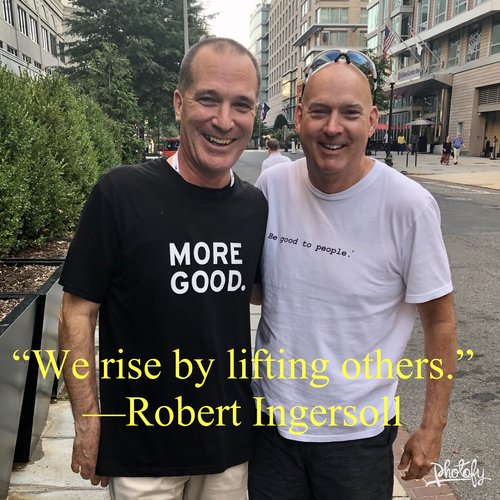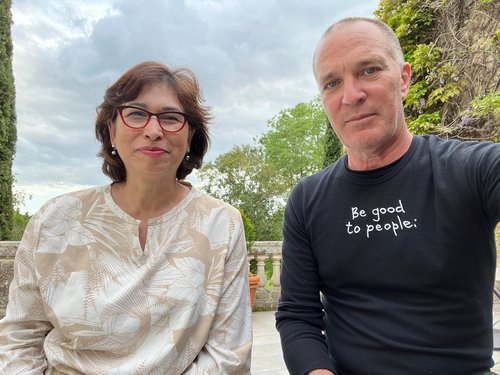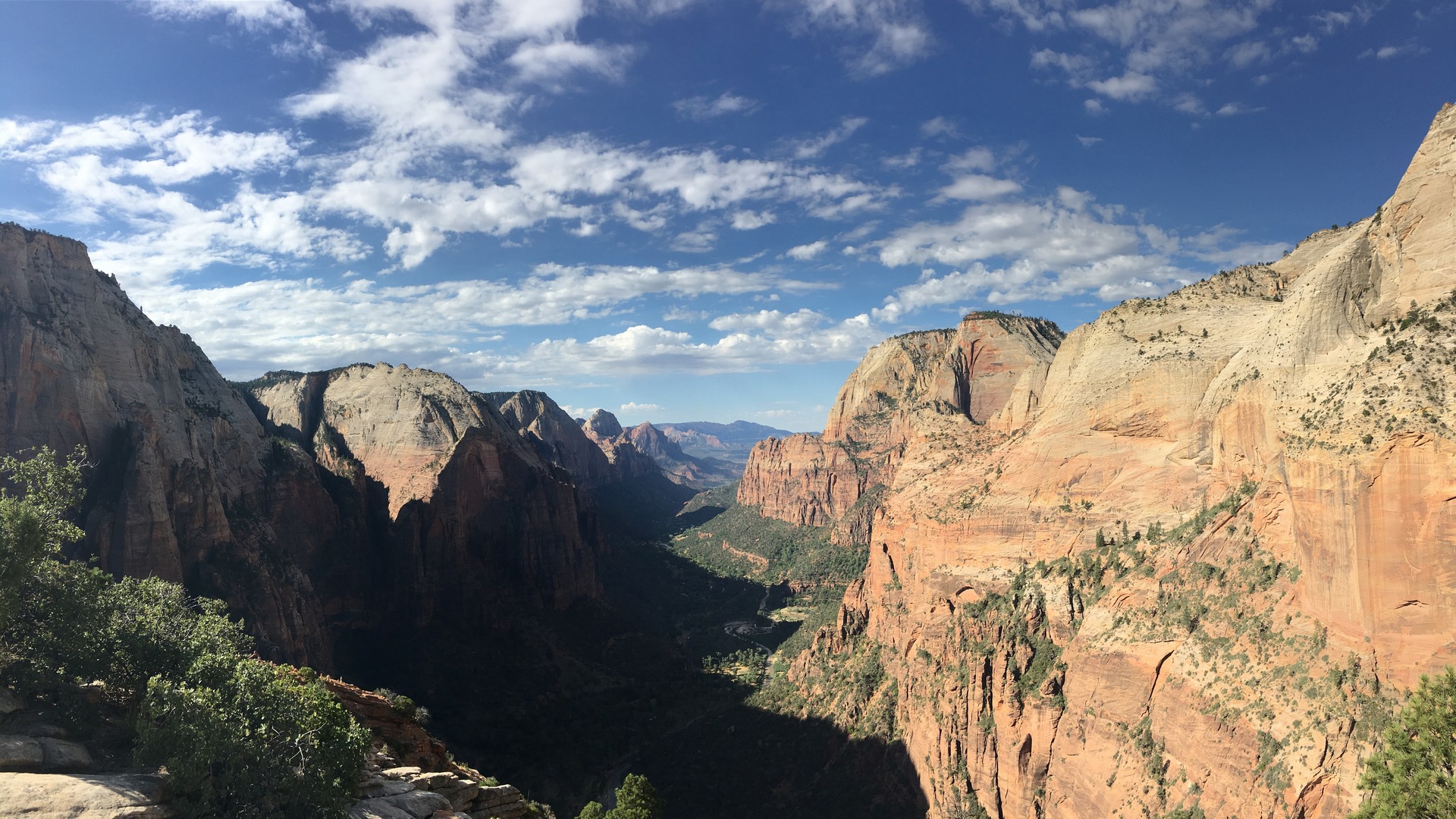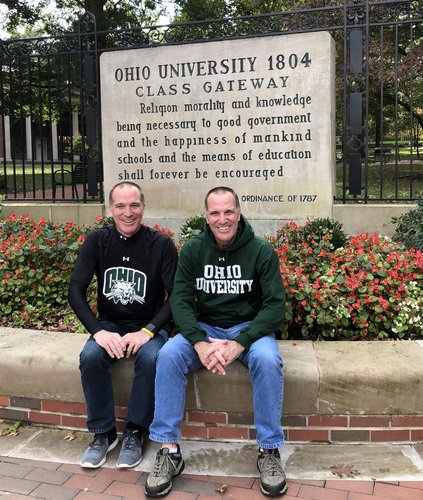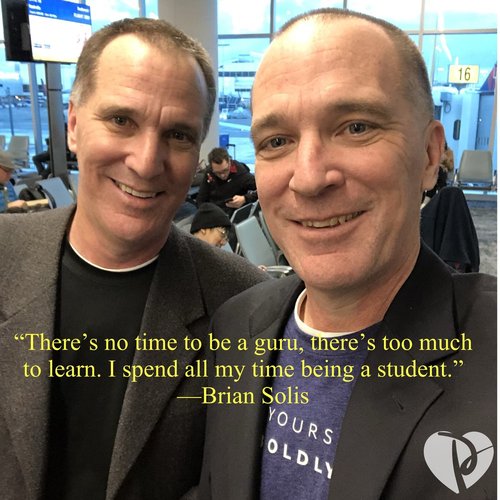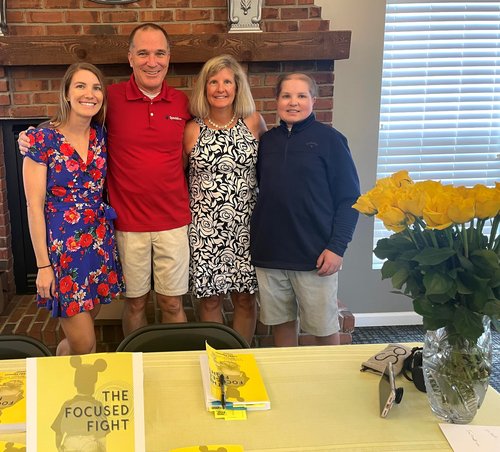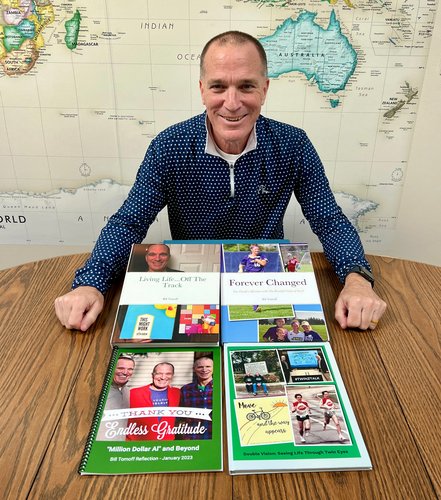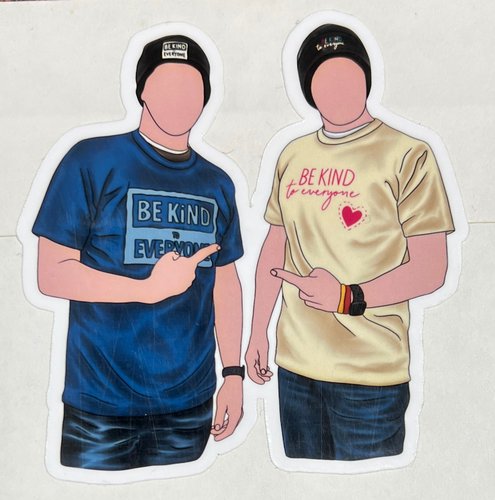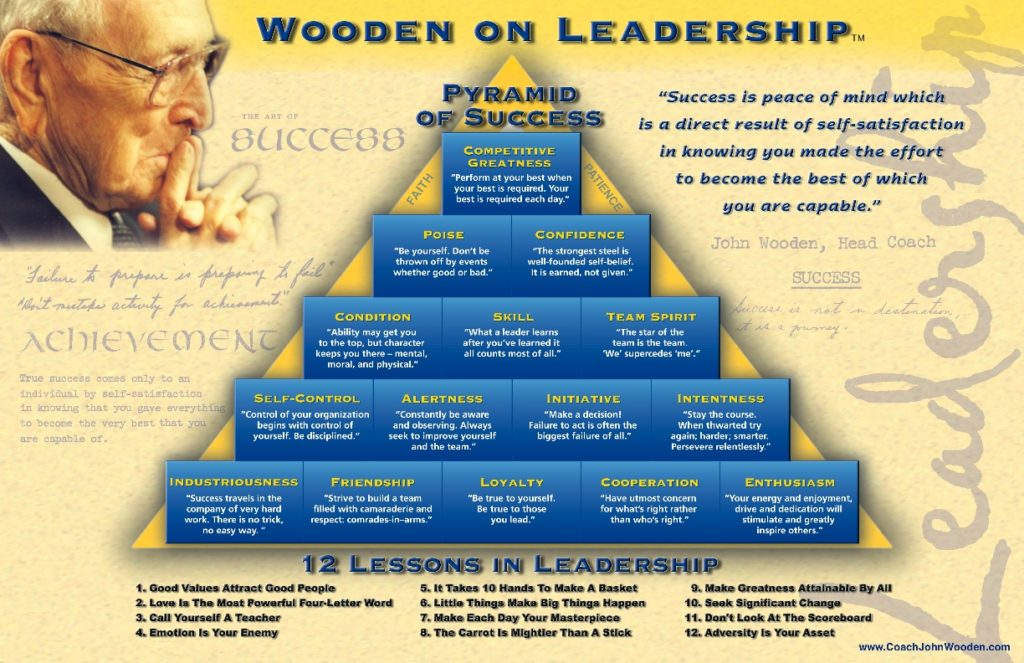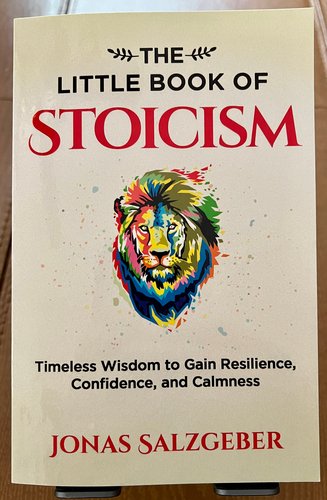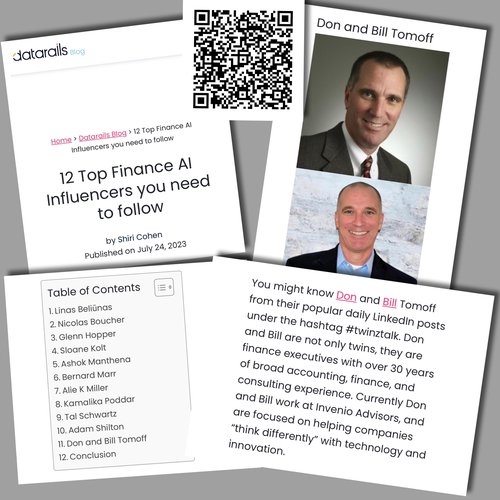Throughout my career and then in life challenges (son Ryan battles with childhood cancer and beyond), I learned to deeply understand my time and how I prioritized everything in my life as the most important variables within my control. Time is a nonrenewable asset, and I quickly understood that I had to own my decisions of where I choose to prioritize my energy.
Thanks to years-long encouragement from my wife, Terri, I made a [wise] decision to read more actively to help my learning and growth. Since 2012, reading for personal development has become a non-negotiable priority. The mission is to allocate my efforts to make a more meaningful contribution to the world daily. This starts with owning my decisions of where I focus my mental bandwidth.
Where I focus, these three words are front and center for me. Since I started reading the philosophy of Stoicism in 2019, and have read daily since January 1, 2020. As I noted in a March 2023 blog post, “In Pursuit of Inner Peace: My Stoic Transformation:”
“The Stoicism philosophy profoundly influences my perspective and “how” I handle myself and my emotions daily. Striving every day to develop my mind and embrace the only aspect of life we all control – our reasoned choice. Thoughts such as “it is not necessary to have an opinion, we should be strict with ourselves and forgiving of others (no judgment), and we control our response to any external event – we are harmed only if we believe we are harmed,” are thoughts I hold close to my heart and work to live in practice.”
Embracing my reasoned choice. My remaining life’s work will be to strive to use my mind for good – developing myself and helping others by utilizing my skills and talents. I can and must do better. The work must not stop.
A blog post by Morgan Housel, “Lazy Work, Good Work,” inspired my post here. When we can keep our mind disciplined to focus on learning and good, we can prioritize time for reflection and creativity. Here is a sample of topics on my “do not do” list – activities I strive to eliminate or actively reduce by being aware of my behavior:
- Gossip.
- Expressing an unsolicited opinion.
- Judgment.
- Watching or engaging in conversation about mainstream news.
- Involving myself in other people’s business.
The work regarding my do-not-do list is a never-ending process. I credit my reading of the Stoicism philosophy for helping me.
By reducing the above activities, I will replace my time (and mind) with:
- Quality time with my family, friends, and communities of practice who inspire and lift me up.
- Kindness to others and my world.
- Encouraging others.
- Helping others through micro-moves taking almost no effort. Social media engagement is an easy micro-move example.
- Investing in improving myself (as the Optimist Creed states: “To give so much time to the improvement of yourself that you have no time to criticize others.”).
- Be more patient and calm. We all are doing our best to get through each day.
A key component of “investing in improving myself” is prioritizing building buffer/slack into my days and intentionally moving more slowly and thoughtfully through each day. Make space for time for reading and contemplation. Morgan Housel notes in his article [Bold emphasis is mine]:
“Here’s a problem we don’t think about enough: Even as more professions look like Rockefeller’s – thought jobs that require quiet time to think a problem through – we’re stuck in the old world where a good employee is expected to labor, visibly and without interruption.
The point is that productive work today does not look like productive work did for most of history. If your job was to pull a lever, you were only productive if you were pulling the lever. But if your job is to create a marketing campaign, you might be productive sitting quietly with your eyes closed, thinking about design. The problem is that too many workplaces expect their knowledge workers to pull the proverbial lever – today in Microsoft Office form – 40+ hours a week when they’d be better off doing things that look lazy but are actually productive. The result is that most people have thought jobs without being given much time to think, which is the equivalent of making a ditch-digger work without a shovel. Maybe this is why productivity growth is half of what it used to be.
If you anchor to the old world where good work meant physical action, it’s hard to wrap your head around the idea that the most productive use of a knowledge-worker’s time could be sitting on a couch thinking. But it’s so clear that it is. Good ideas rarely come in meetings, or even at your desk. They come to you in the shower. On a walk. On your commute, or hanging out on the weekend. I’m always amazed at the number of famous ideas that came to people in the bathtub. But tell your boss you require a mid-day soak, and the response is entirely predictable.”
Starting with yourself, embrace a gentler and kinder presence with the world. Slowing down and being more mindful as you move through your day will be rewarding and gratifying. While you may appear “lazy” and unproductive, the reality will be enhanced productivity through leveraging greater creativity and adaptability.
